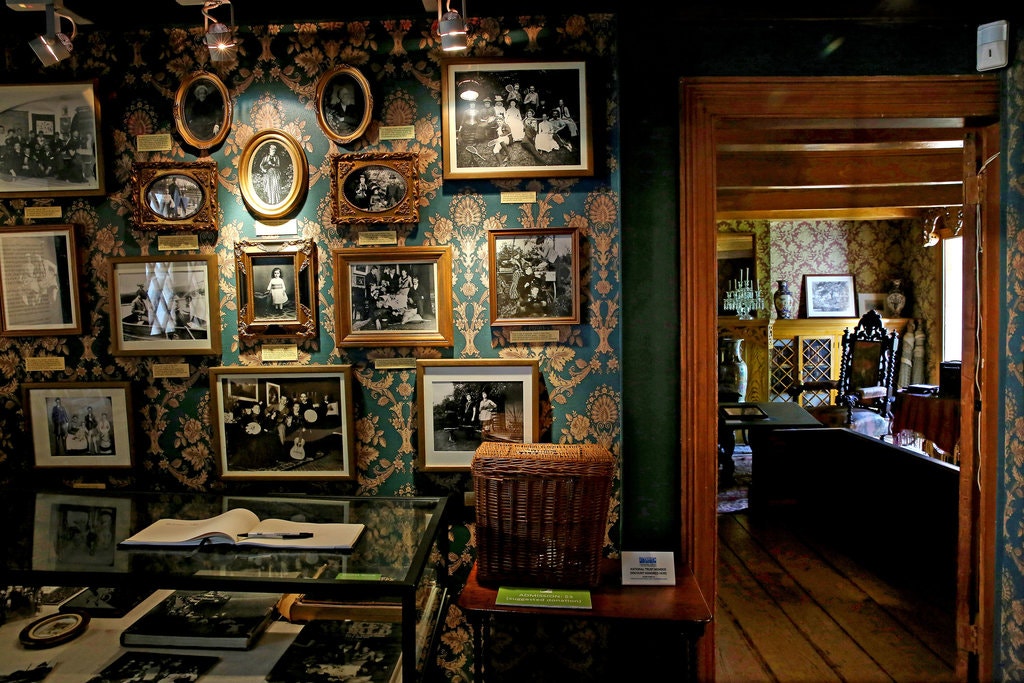Membership Director Taina Sanon spoke with Victoria Munro of Alice Austen House, a member organization of Nonprofit New York. Nonprofit New York will continue to highlight the work of our members, like Alice Austen House, because we believe when your nonprofit is stronger, all of us are stronger.
Tell me about the organization and what you do.
Alice Austen (1866 - 1952) captured a changing New York City in more than 7,000 photographs taken mostly around the turn of the twentieth century. Austen documented her life on Staten Island and went onto the streets of Manhattan to photograph the activities of immigrants and the working class. She was versatile and forged her own path beyond the restrictive Victorian expectations for women. Austen was a master tennis player, an early advocate for women riding bicycles, founder of the Staten Island Garden Club, and is said to be the first woman on Staten Island to own a car.
A vibrant cultural center, the Alice Austen House keeps the daring spirit of the early American photographer alive by presenting changing exhibitions of Alice Austen’s pioneering historic photographs and of contemporary photography, providing education programs for students, and offering a range of cultural programs for the public.
In June 2017 the Alice Austen House, where Austen and her life partner, Gertrude Tate, lived together for nearly 30 years, marked its national designation as a site of LGBTQ history. The museum’s listing on the National Register of Historic Places was amended to include LGBTQ history as an area of significance. This was an achievement of the NYC LGBT Historic Sites Project, funded through a grant from the New York State Historic Preservation Office and made possible by the National Park Service.
Alice Austen House is owned by the New York City Department of Parks and Recreation, operated by the Friends of Alice Austen House Inc 501(c)(3) non-profit organization, and a member of Historic House Trust. The Alice Austen House is designated a New York City, LGBTQ, and National Landmark, on the National Register of Historic Places and a member of Historic Artists’ Homes and Studios, a program of the National Trust for Historic Preservation.
How many are on your team?
9
Servicing how many of the nonprofit population?
We serve 5,000 New York City School students per year and 20,000 visitors to the museum. Delivering public programs ranging from contemporary photography exhibitions, performances, salon discussions and community celebrations.
Where do you see your organization in the next five years or ten years?
The Alice Austen has undone major changes in all facets of its representation of Alice's Life and work. We have a strategic plan in place to provide increased equitable access to the museum and its grounds, expand access to to the collections, and diversify both board and staff. Our goal is to increase our organizations capacity to deliver programming to all 5 boroughs, strengthen staff retention and develop new positions for youth training in all aspects of museum and preservation work .
How has partnering with Nonprofit New York helped you succeed?
Non-Profit New York has provided opportunities for staff development and training and has provided pathways to working with new partners.
What are you currently working on that you want us to mention to our membership?
In 2019 The Alice Austen House underwent a transformation of the historic home to reinterpret and truthfully represent the life and work of Alice Austen, including LGBTQ+ histories in its permanent gallery spaces, public, and educational programs. From scholar’s research and planning to implementation and outside partnerships, the Alice Austen House now provides safe and inclusive programs for contemporary LGBTQ storytelling and continues to identify ways to enhance our social and historical responsibilities to the LGBTQ community.
Integrating Alice Austen and Gertrude Tate’s loving relationship into the museum’s core interpretation bridges a gap between the institutional narrative of Austen’s story and the truth that the LGBTQ community has long known about her life. While, in some ways, we are catching up, the Austen House is at the forefront of LGBTQ interpretation at historic sites.
